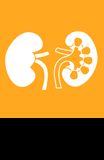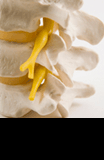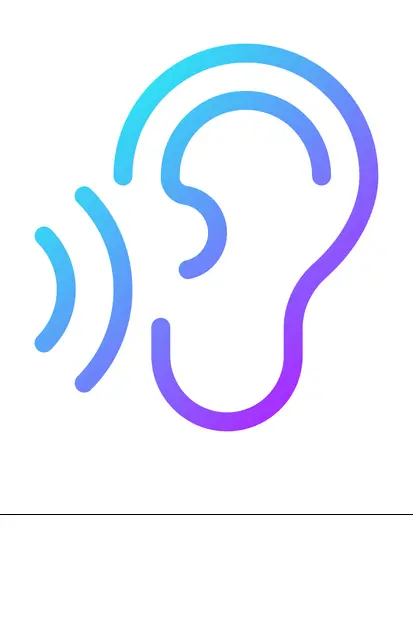The message in the 1990s, taken from experience in palliative care, was that any pain can be treated with opioids providing the dose was high enough, and that the presence of pain protected against the development of addiction. Opioid prescribing increased as a result and, indeed, is increasing still.
It is now clear that, although opioids provide effective analgesia for acute pain and in palliative care, there is little evidence of benefit for long-term opioids in patients with persistent non-cancer pain as regards pain, quality of life or functioning.
There is also now a better appreciation of the risks associated with long-term opioid use, including dependence and opioid-related mortality.
The British Pain Society recommends a maximum of 120mg morphine equivalent dose per day for a healthy adult, with normal renal and hepatic function, and not at extremes of age or weight.
If this is not the case, the maximum dose should be regarded as being lower than this.
Opioids Aware - RCOA Faculty of Pain Medicine
If the patient still describes significant pain at this dose, it can be assumed that the pain is not opioid-sensitive, and the opioids should be reduced and, where possible, stopped.
This must be done with patient engagement and with support. Harm may result if opioids are stopped too quickly and without shared decision-making.
A small number of patients with chronic non-cancer pain derive some functional benefit from low-dose opioids. If a patient is functioning well on a small dose of opioid - and then deteriorates if this is stopped - it is safe to continue on a low stable dose.
We have put together some guidance for primary care to help manage these patients:
Guidance for opioid reduction in primary care (pdf, 486 KB)
together with an opioid calculator:
Opioid reduction templates
To estimate the morphine equivalent dose, a patient information sheet and templates for opioid reduction:
- Fentanyl patch fortnightly reduction (Excel, 15 KB)
- Immediate release morphine weekly reductions (Excel, 15 KB)
- Morphine fortnightly reduction both doses (Excel, 15 KB)
- Morphine fortnightly reduction evening first (Excel, 15 KB)
- Morphine fortnightly reduction morning first (Excel, 15 KB)
- Morphine weekly reduction both doses (Excel, 14 KB)
- Morphine weekly reduction evening first (Excel, 16 KB)
- Morphine weekly reduction morning first (Excel, 15 KB)
- Oxycodone fortnightly reduction both doses (Excel, 14 KB)
- Oxycodone fortnightly reduction evening first (Excel, 15 KB)
- Oxycodone fortnightly reduction morning first (Excel, 15 KB)
- Oxycodone weekly reduction both doses (Excel, 14 KB)
- Oxycodone weekly reduction evening first (Excel, 16 KB)
- Oxycodone weekly reduction morning first (Excel, 15 KB)
where the spreadsheet will self-populate once the current dose of opioid is entered.
Patient leaflet
Reducing and stopping opioids - May 2023 (pdf)




























































